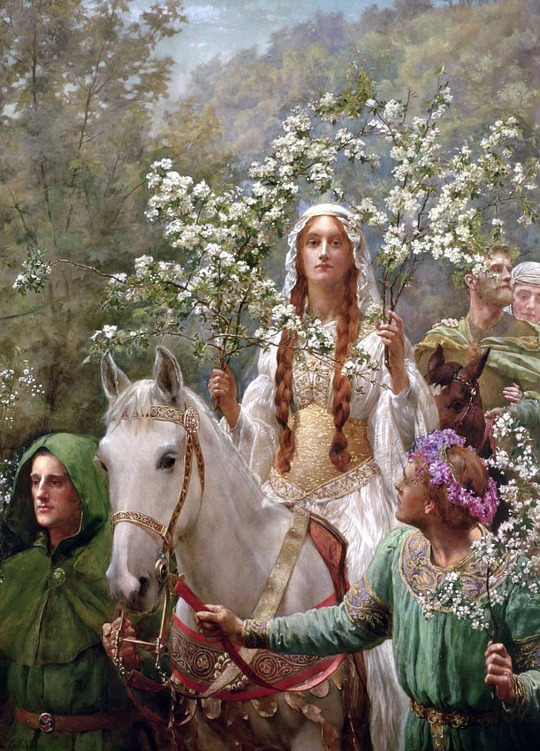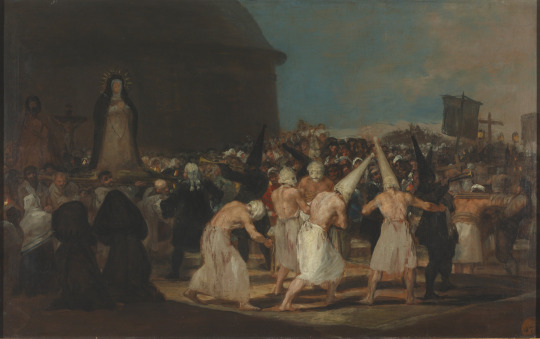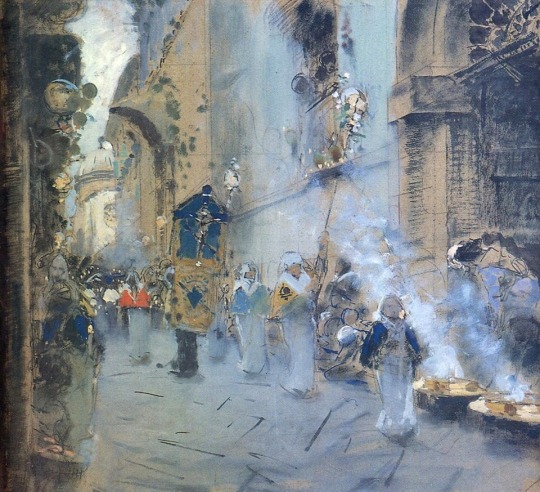#procession
Explore tagged Tumblr posts
Text

procession
#art#photography#birds#bird photography#bird art#bw#bwphotography#black and white photography#pigeon#birding#bird#pigeons#shadow#shadows#light and shadow#shadow photography#photograph#black and white#black and white film#procession
1K notes
·
View notes
Text

Ernst Ferdinand Oehme (German, 1797-1855) - Prozession im Nebel (Procession in the Fog) (1828)
616 notes
·
View notes
Text

13-12-24
#moleskine#sketchbook#sketch#daily#dailyart#dailydrawing#dailypainting#dailysketch#sketchaday#artoftheday#art#artbook#artists on tumblr#watercolor#gouache#painting#fineliner#drawing#lucia#saint lucy#luciatåg#sankta lucia#winter#christmas#procession#jul
299 notes
·
View notes
Text

Grand Bailla, the 247th Known One.
#Grand Bailla#dragon#smaugust#Reims#France#folklore#procession#mostly based on a picture of the actual statue used long time ago in processions#+ some twists like i only used marsh animals bc some (non reliable but seemed plausible) source said that the dragon was in a swamp#before St Timothee slaughtered him#im not siding with the knights non non#bailla = wicker bc the statues for the processions was made with this (and still is)#white eyes are usual for me but i did them even brighter bc the modern effigy has lights for eyes#the Known Ones#988#octem 124#salamander#deer#dog#frog#medieval#fantasy#aer 4#Kraulla
383 notes
·
View notes
Text

The Triumphal Procession of Titus and Vespasian in Rome, with the Spoils of Jerusalem, AD 71 — by Peter Connolly
#peter connolly#art#ancient rome#titus#vespasian#triumph#triumphal#procession#roman#romans#spoils#roman empire#treasure#plunder#loot#jerusalem#judea#history#antiquity#jewish#siege of jerusalem#menorah#architecture#artifacts#temple of jerusalem#herod's temple#europe#european#roman triumph#triumphal procession
269 notes
·
View notes
Text

Queen Guinevere’s Maying
1900
Artist : John Maler Collier (1850-1934)
#john maler collier#john collier#english artist#english art#arthurian legend#arthurian lore#guinevere#guenièvre#1900#idylls of the king#may day#procession#cortège
547 notes
·
View notes
Text

La Procesión de las Siete Palabras , The Procession of the Seven Words - Gonzalo Bilbao Martínez , 1902.
Spain , 1860-1938
Oil on canvas , 45 x 54 cm.
#Gonzalo Bilbao Martínez#spanish artist#Catholic traditions#procession#Holy Week#Passion of Jesus Christ#Catholic religious brotherhoods#religious brotherhoods#traditions#Spain#Sevilla
62 notes
·
View notes
Text

Procession, 1938 - by Ernő Vadas (1899 - 1962), Hungarian
293 notes
·
View notes
Text

Easter Procession in a Village by Vasily Perov, 1861.
#classic art#painting#vasily perov#russian artist#19th century#realism#peredvizhniki#genre art#easter#procession#people#houses#road#brown
59 notes
·
View notes
Text

gathering of souls
gene kloss • midnight mass
#gene kloss#midnight mass#mass#catholic#desert#church#catholique#cathedral#catholic aesthetic#catholicism#catholic church#souls#soul#black and white#tree of life#tree#shadow#silhouettes#silhouette#faith#folk art#blackandwhite#drawing#illustration#catholic art#procession
116 notes
·
View notes
Text


Palm Sunday procession
20 notes
·
View notes
Text

Francisco de Goya (Spanish, 1746-1828) Procesión de disciplinantes (A procession of Flagellants), c.1812-14 Real Academia de Bellas Artes de San Fernando, Madrid, Spain
#different colour and quality#art#Francisco de Goya#Francisco de Goya y Lucientes#goya#spanish art#european art#western civilization#catholic procession#catholic#procession#holy week#procesion de disciplinantes#a procession of flagellants#flagellation#flagellants#flagellant#1800s#1700s#europe#europa#european#spain#spanish#espana#roman catholic
124 notes
·
View notes
Text

Athos, Greece 1910
#athos#greece#iviron monastery#1910s#mount athos#island#orthodox#europe#history#vintage#photography#pics#architecture#people#places#procession#hellas
34 notes
·
View notes
Text

♠️_Quando i furbi vanno in processione, il diavolo porta la croce...🖤🌹
Giovedì ☕
©️Licaonia Lupe
#furbies#procession#diavolo jojo#giovedì#caffé#buongiorno#essenza#essere#essenziale#evoluzione#evitare#evolvere#frasi#cuore#romantic#frasi pensieri#amore#legami#peccati#leggerezza#mind control#emozioni#demonios#fragilità#frase del giorno#vita#solitudine#sonno#mente solitaria#stanchezza
19 notes
·
View notes
Text

The Good Friday Procession. - Francesco Paolo Michetti, 1895.
Italian , 1851-1929
Oil on canvas , 85 x 92 mm.
210 notes
·
View notes